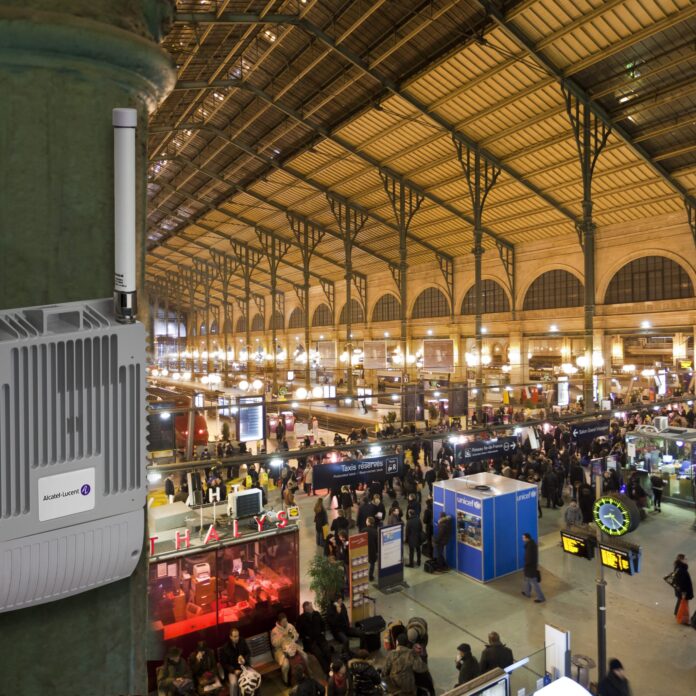Compared to small cells, ‘DAS is better,’ Bandwidth Logic CEO said
AUSTIN, Texas – The majority of high-profile spaces – stadiums, convention centers, transit hubs – that need distributed antenna systems already have them. Given that reality, what can the vendors and other stakeholders do to address new market segments?
Jeff Just, COO of Bandwidth Logic, which specializes in DAS design, told RCR Wireless News during the Smart Cities Innovation Summit: “It’s not that the opportunities are over, but they have peaked. Carriers aren’t going to be writing checks for a lot of these places. We’re working on some things to solve that issue so we can really address those types of buildings that currently can’t be addressed.
“Rather than getting 10 big buildings, you need to get 100 smaller buildings,” is how he described the market dynamic. That means finding a way to make the deployments less expensive.
Mark Parr, CEO of Bandwidth Logic, emphasized the limitations of small cells, which he said have not matured enough to be a viable replacement. He pointed to continued investment in DAS, as well as growth in the original equipment manufacturer sector.
“I don’t think DAS is dead,” Parr said. “People don’t spend money on things that are going to die.”
The most pointed limitation of a small cell is that it can’t support multiple carriers, he said, giving the example of an enterprise that’s moving away from managing employee smartphones and embracing the bring your own device trend.
“You have different people with different devices, different providers, so we need a solution that really serves the enterprise,” Parr said. “It’s not a technology question. If they could have DAS, DAS is better.”

